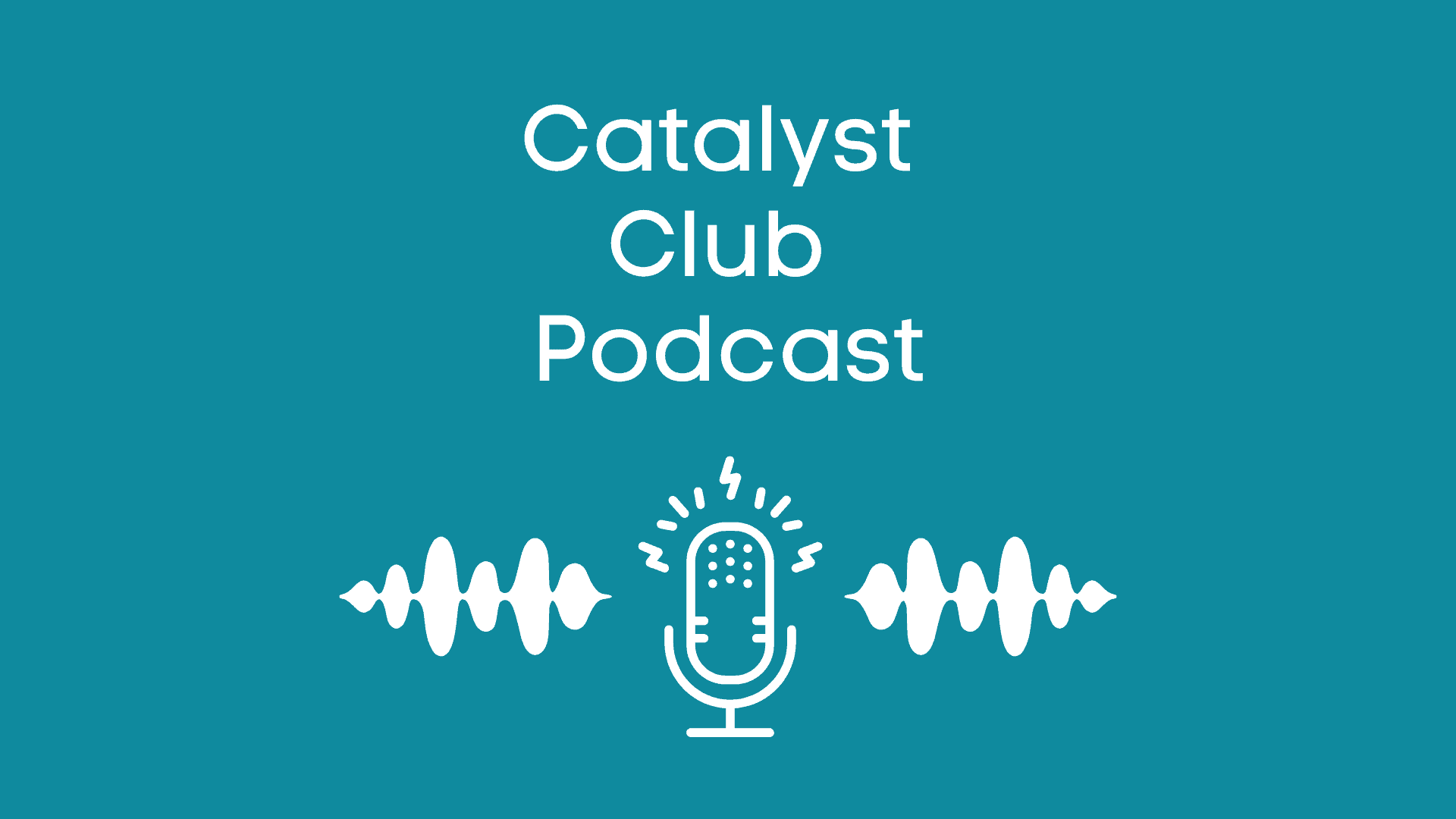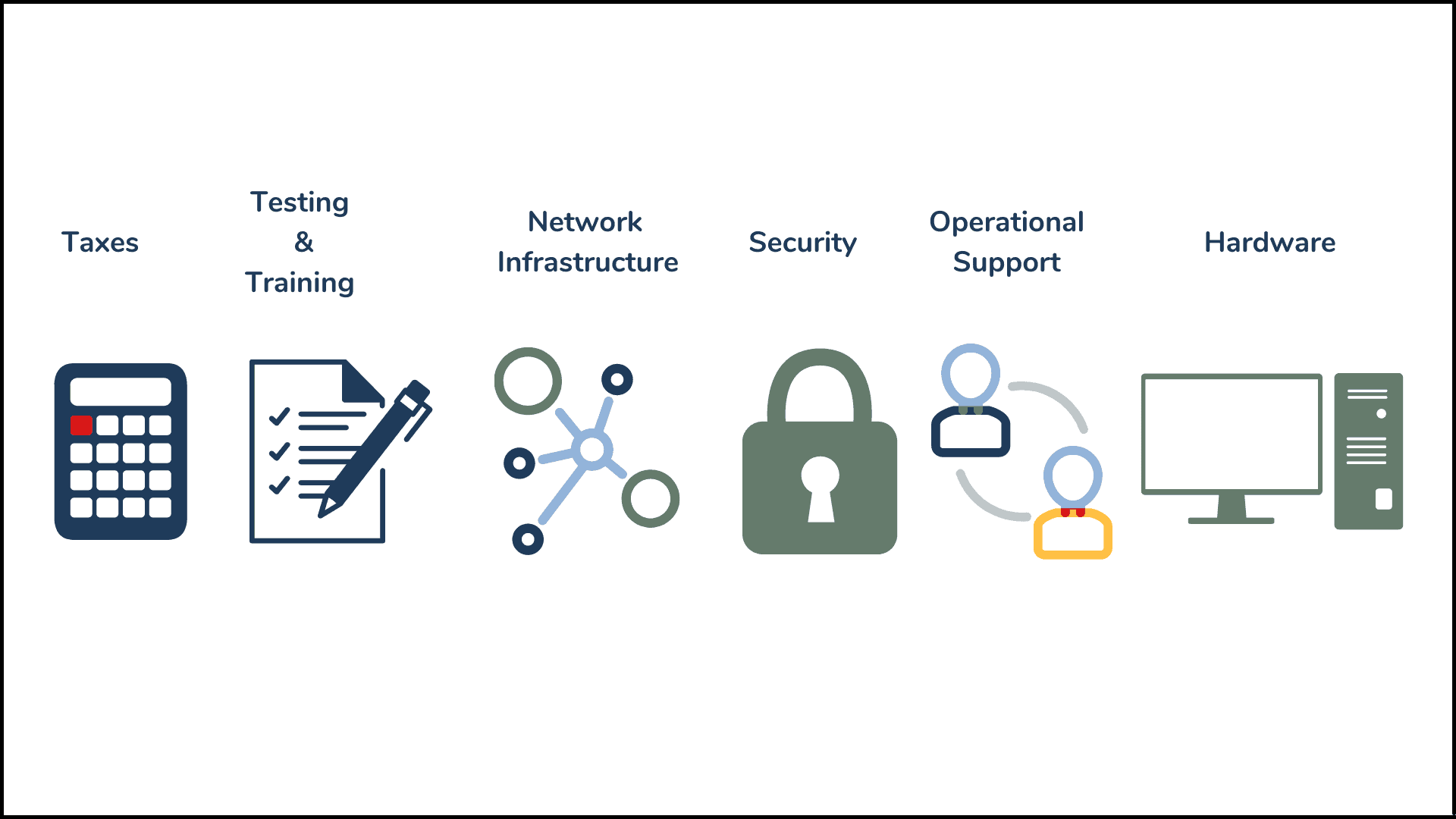We discussed an increasingly important question in the CX space: Is it better to build or buy your contact center solution?
The answer: It depends.
Dom shared advantages and disadvantages to both approaches:
Building a contact center solution:
Pros:
-
- Gives you a product that 100% meets your needs
- Allows you to have full control over future releases
- Realize your end-to-end vision
Cons:
-
- Potentially lose out on cutting-edge features and functionality
- Building for the here and now means you sometimes ignore where the industry is going
- Engineering resources required to build, launch, and support an in-house solution can be costly
Buying a contact center solution:
Pros:
-
- Access to features you might not have even known existed
- Vendors have insights from multiple clients to help improve your customer journey
- 24-hour support services
- Easy onboarding for 3rd-party BPOs
Cons:
-
- You’re tied to an external firm’s development pipeline
- Might not have access to all the features you want or need
- Your vision and the vendor’s vision might differ – it’s another team to manage
How do I know which path to take?
There are some key items to consider when deciding to build or buy a new solution:
1. Understand what the customers are demanding of you
-
- Look at the data to see what your customer use, and where the customer journey breaks down
- Consider your objective – why do customers reach out to you, and why do you want them to contact you?
- How are competitors handling customer interactions? Where does this differ from your strategy?
2. What tools are available to you?
-
- What technology is already used in your contact center?
- What’s available on the market?
- What’s your budget for new technology?
- Do you have the resources to support new technology? How many changes can you support at once?
3. When do you need to go live?
-
- How much time do you have to implement changes?
- What’s your plan to get from current state to future state?
- Are you launching everything new all at once? Or are you taking an iterative, agile approach?
Comparing Costs can be tricky.
In-house solutions are traditionally viewed as CAPEX, while the monthly costs of a CCaaS solution are viewed as OPEX. This can make it difficult to compare the two and justify jumping from a built environment to a purchased solution.
But this ignores a lot of the hidden, recurring costs of an in-house contact center. What about:
- Engineering resources required to manage and upgrade a custom contact center
- NOC-grade support
- Network costs
- Time spent planning and designing upgrades vs. a vendor pushing upgrades
- Added costs of third-party VARs and technology partners that help support your solution
When you add it all up, you might be surprised that an in-house solution is more expensive than you realize.
It all comes down to weighing the needs of your clients against the capabilities of your team.
If you’ve checked out previous episodes of Catalyst Club Podcast, you won’t be surprised by what Dom told us: Use data to drive your decision-making! Data can help you understand your customer journey from beginning to end. By analyzing where and how you lose customers, as well as your contact center’s most efficient areas, you gain insight into where you need to invest.
Does this sound like what we heard from Taylor and Sinead? What can we say – the data doesn’t lie.


.png)


